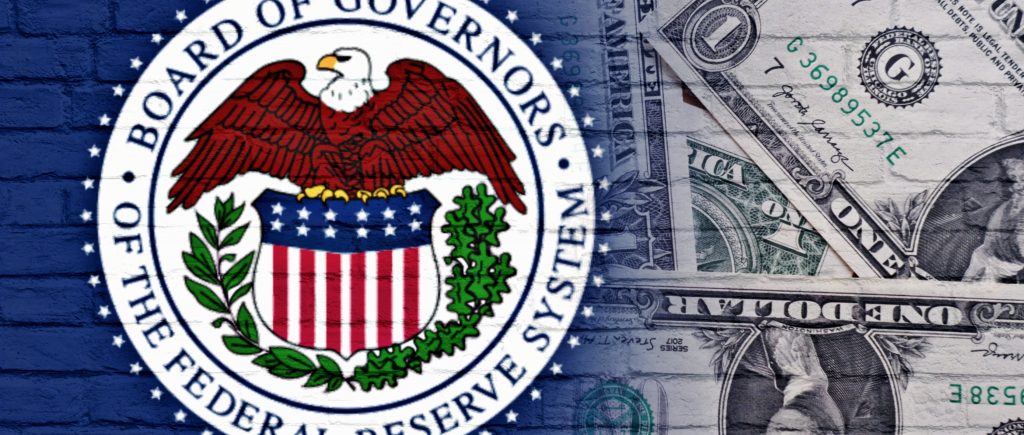The US dollar bounces back after falling on Friday as a result of Powell’s dovish comments. The market expects a 100 basis point ease by year-end and a 200 basis point ease overall over the next 12 months. Later this week, PCE figures will come into focus.
The US Dollar Index (DXY), which measures the value of the US dollar, recovered some ground on Monday, circling 101.00 after plunging the previous week. The Federal Reserve (Fed) Chair Jerome Powell’s dovish comments at the Jackson Hole Symposium, which alluded to a possible shift toward a looser monetary policy stance by the central bank, were blamed for Friday’s fall. The 10-year US yield then fell below 3.8% as a result, which negatively affected the USD.
The economy is growing more positively than anticipated, but the market’s enthusiasm for dramatic monetary easing doesn’t seem warranted. The weight of the evidence suggests that there is a discrepancy between market pricing and economic fundamentals, which calls for caution in the current circumstances.
Market Movers: Powell’s dovish comments have left the US dollar vulnerable:
The markets are processing Powell’s cautious Jackson Hole speech, and more easing is anticipated. Powell said, “The time has come for policy to adjust,” hinting at a change in Fed strategy.
Along with stressing the significance of the labor market, he pointed to a “unmistakable” downturn.
By year’s end, 100 basis points are expected to ease, with a total of 200 basis points over the following 12 months. Based on incoming data, the odds of a 50 bps drop in September are between 30 and 35 percent.
For more clues about the Fed’s future course, market players are awaiting the August NFP report. The July Personal Consumption Expenditures (PCE) data, which are released on Friday, will be crucial.
Technical Aspects of DXY:
When DXY finds support, positive momentum could increase. At its lowest points since December, the DXY index has found support, suggesting a brief lull in selling pressure. The Relative Strength Index (RSI) is still well below its 50-day moving average, indicating that more upward correctional swings may be possible.
With more room to correct, the Moving Average Convergence Divergence (MACD), which is in line with the RSI and showing consistent red bars, offers more proof of possible rising momentum. Nevertheless, there are no obvious indications of a turnaround, and the DXY remains vulnerable to additional declines.
The resistance levels to keep an eye on are 101.00, 101.50, and 101.80, while the critical support levels to watch are 100.50, 100.30, and 100.00.

 Noor Trends News, Technical Analysis, Educational Tools and Recommendations
Noor Trends News, Technical Analysis, Educational Tools and Recommendations




